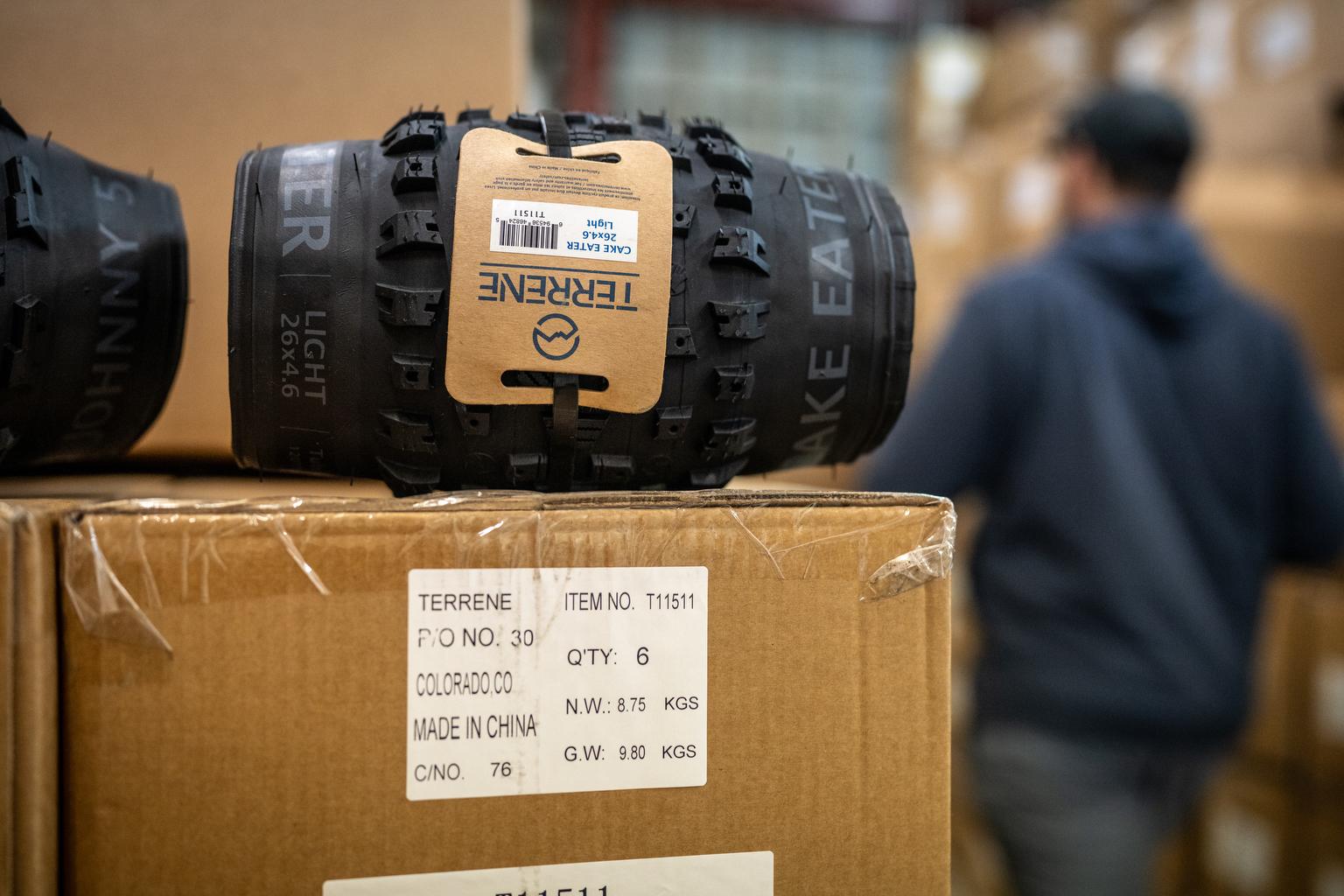
Republicans appear to have failed in their mission to regain some power in Colorado’s state legislature.
The party had hoped to retake control of the state Senate and gain significant influence over Democrats’ agenda. But early results show that they’ve made few, if any, gains in the chamber.
Meanwhile, the governorship and state House will remain in Democratic control.
As of midnight Tuesday, election results had Republican candidates trailing in all battleground districts, as well as a northern Colorado district that many had assumed to be a safe seat for the party this year. In several of the battleground districts, Democrats led by more than 10 percentage points.
There were still thousands of votes to be counted, but Senate Democrats declared victory at about 10:30 p.m.
“Everybody was counting the Senate Democrats out,” said Senate President Steve Fenberg. “But today, not only are we gonna keep the majority, we are gonna be exceeding all expectations.”
For weeks, many political observers assumed Democrats would hold the governorship and the state House by wide margins. But the state Senate was more closely fought, with both sides pouring more than $20 million altogether into the battleground races.
Republicans needed at least seven victories in competitive districts to take the majority. But as of midnight, they were losing in all of those races. If the early results hold, Republicans could even lose seats in the Senate.
State Sen. Paul Lundeen, who led the Republican Senate campaign effort, said he was waiting for more results.
“We should have a clearer picture tomorrow. Many of the races have substantial uncounted ballots,” he wrote in a text message to CPR News. “We know the day-of ballots favor our candidates and will improve the outcomes and many have yet to be counted.”
In Pueblo, incumbent Democratic Sen. Nick Hinrichsen held a 6-point lead over Republican Stephen Varela. In Colorado Springs, Democratic Rep. Tony Exum led Republican Sen. Dennis Hisey by about 7 points.
Closest of all was Senate District 15 in northern Colorado, where Democrat Janice Marchman led incumbent Republican Sen. Rob Woodward by about 3.5 points, or about 2,000 votes. That district had drawn significantly less attention and spending from the political parties, compared to other battlegrounds.
Taking the Senate would have allowed Republicans to block legislation and disrupt Democrats’ plans for at least the next two years. It would also have marked the first time since 2018 that the party controlled any part of state government.
Republicans were pushed further to the fringes in 2020, when Democrats gained another Senate seat. And things got even worse for Republicans this fall, when Sen. Kevin Priola switched from the GOP to the Democratic Party.
Independent expenditure groups have spent heavily on both sides to support Senate candidates.Two Republican groups have combined for more than $11 million of spending as of Oct. 26, mostly on contested Senate races, according to campaign finance records. Those groups were the Senate Majority Fund and Unite for Colorado.
Democrats had spent slightly less. Their main group, All Together Colorado, reported spending nearly $9 million as of Oct. 26, with another $1.5 million in reserve, reports showed.
Spending by the candidates themselves was fairly evenly matched, except for in Senate District 20, where Republican Tim Walsh spent more than $1 million — mostly his own money. Late on Tuesday, he trailed Democratic candidate Lisa Cutter, a state representative, by 13 percentage points.
Otherwise, the average Democrat reported spending $174,000, while the average Republican spent about $122,000 in the competitive districts as of late October.









